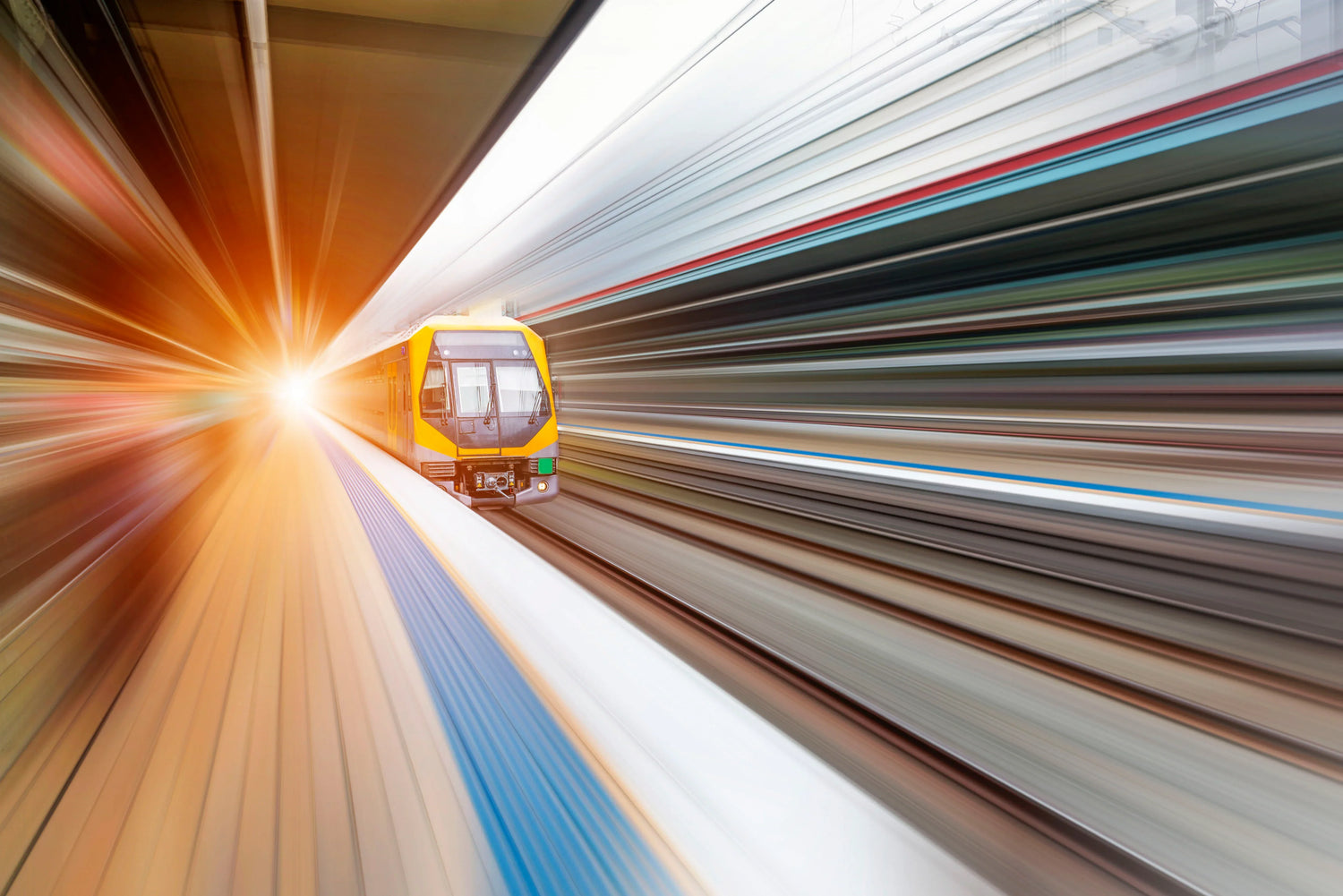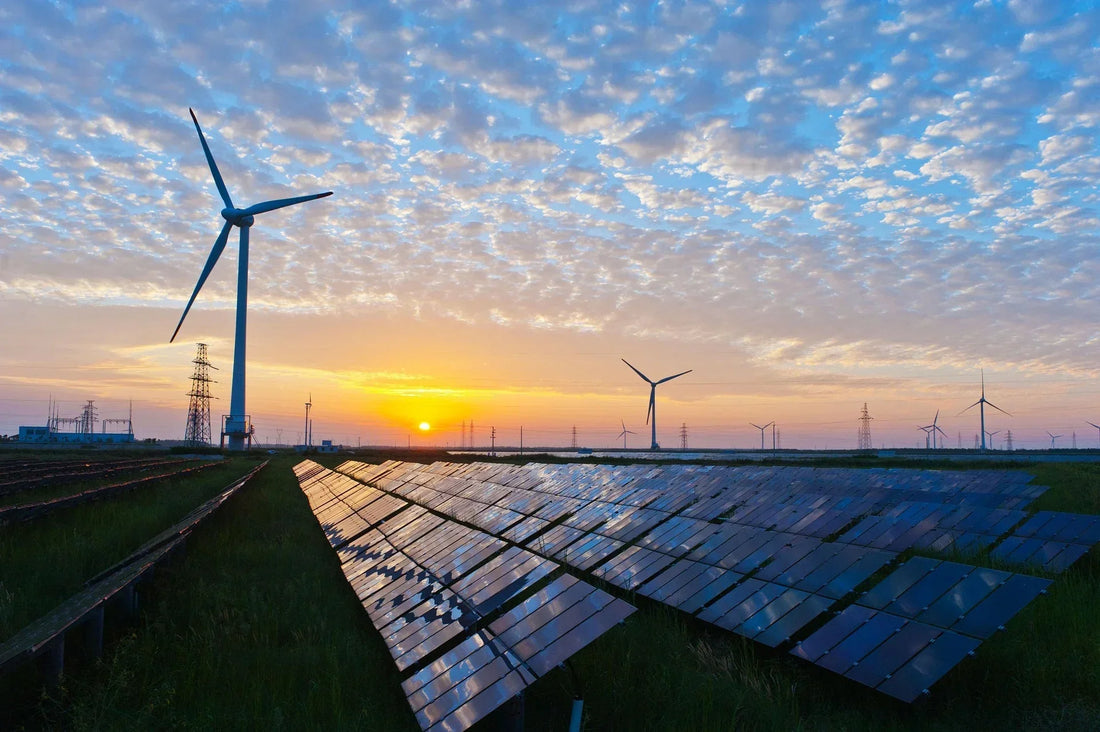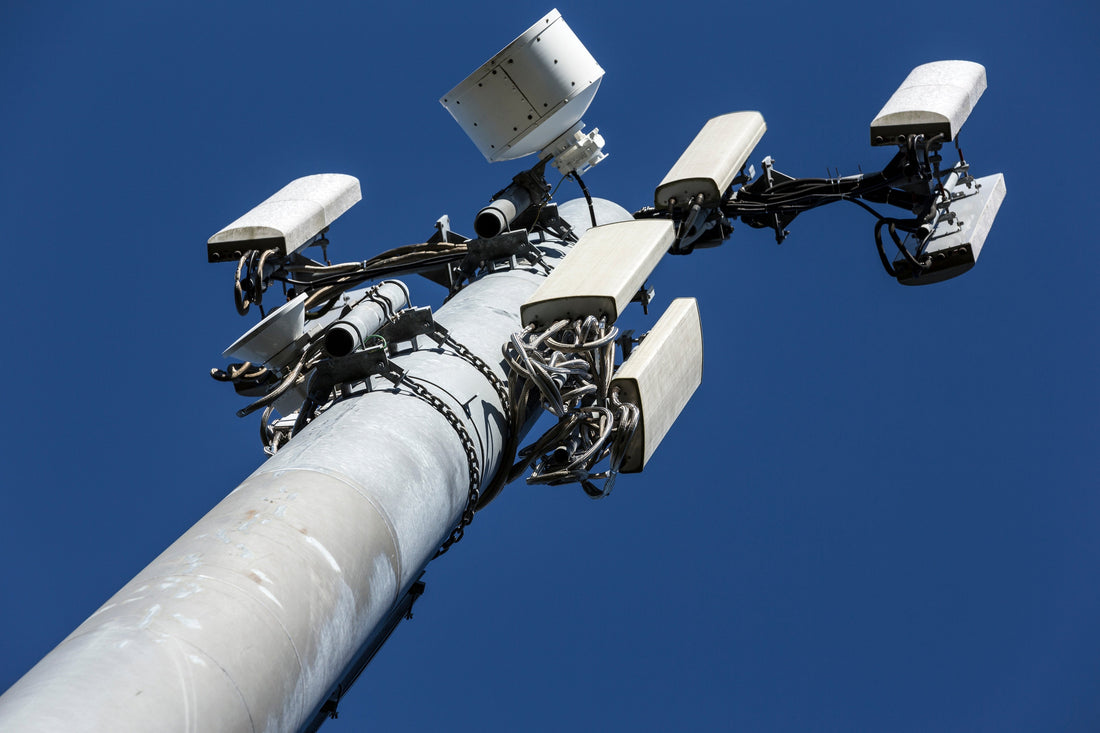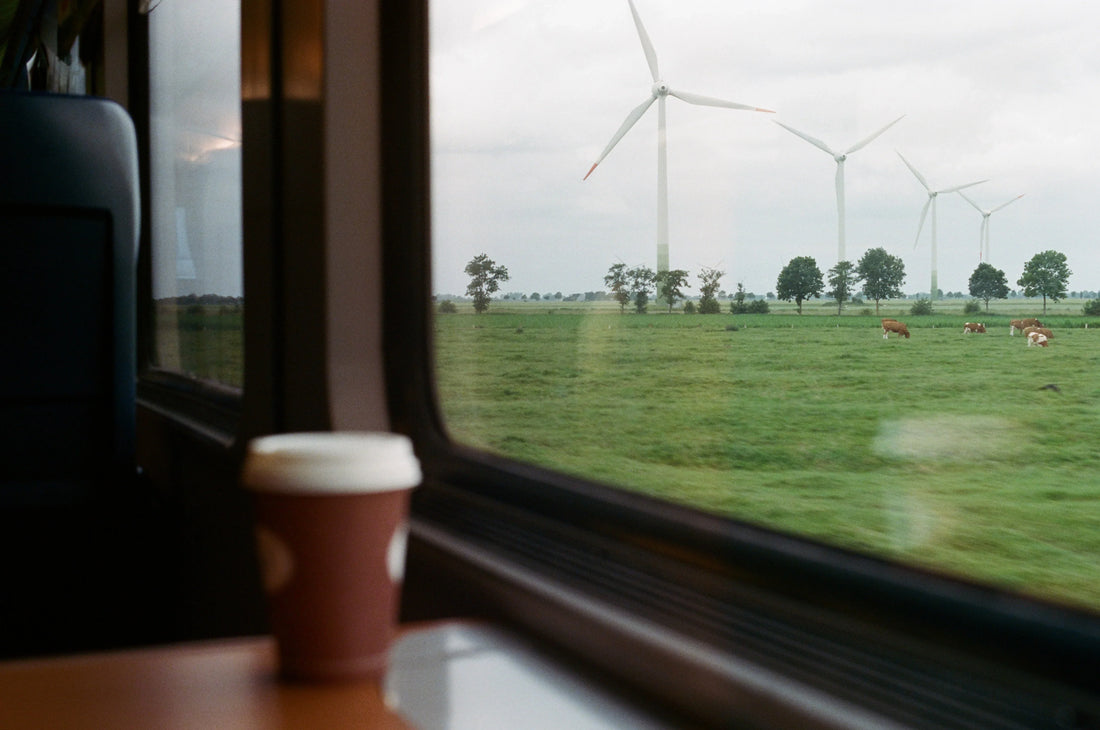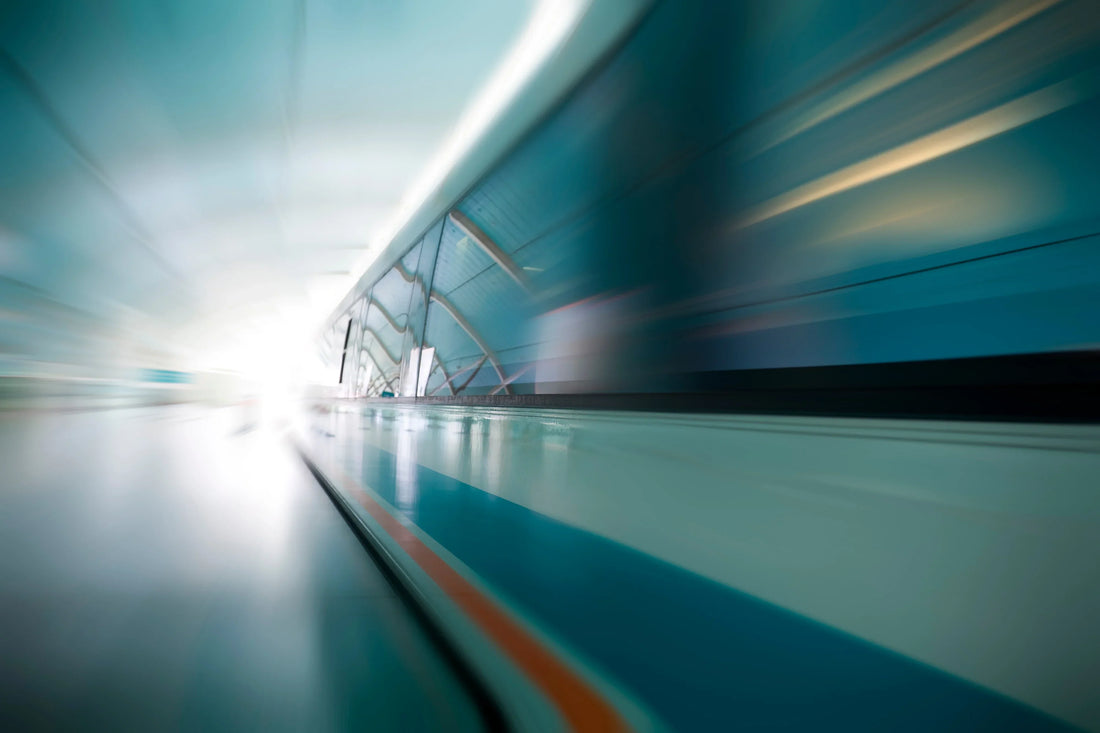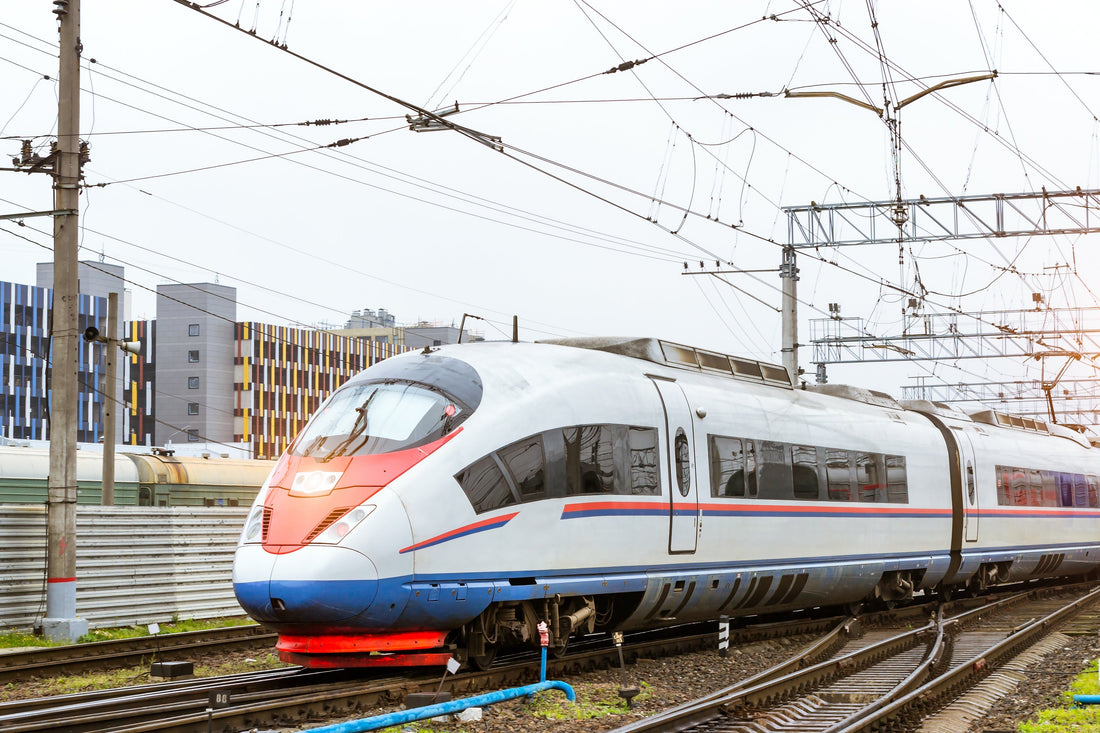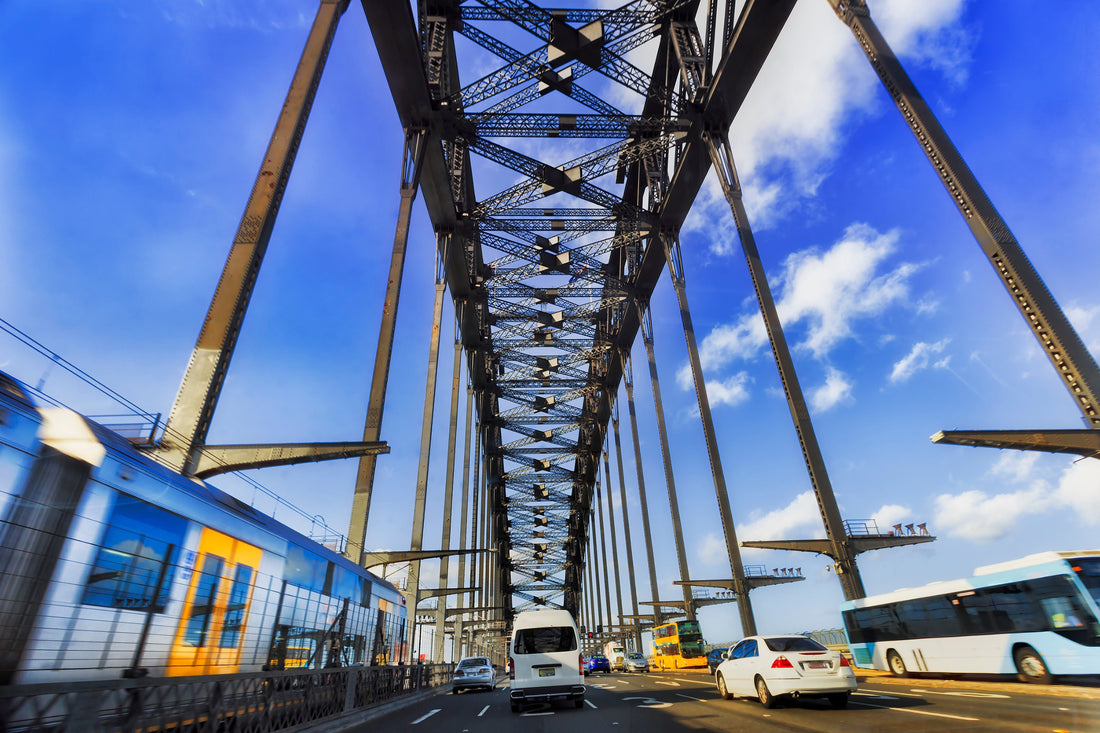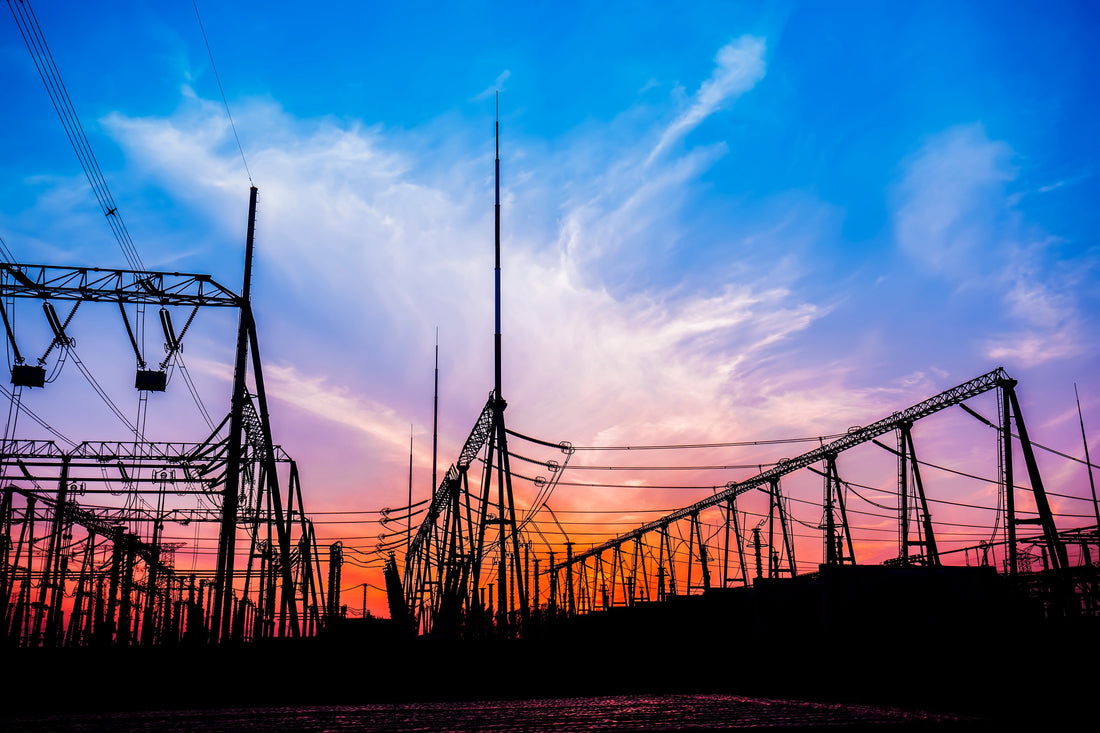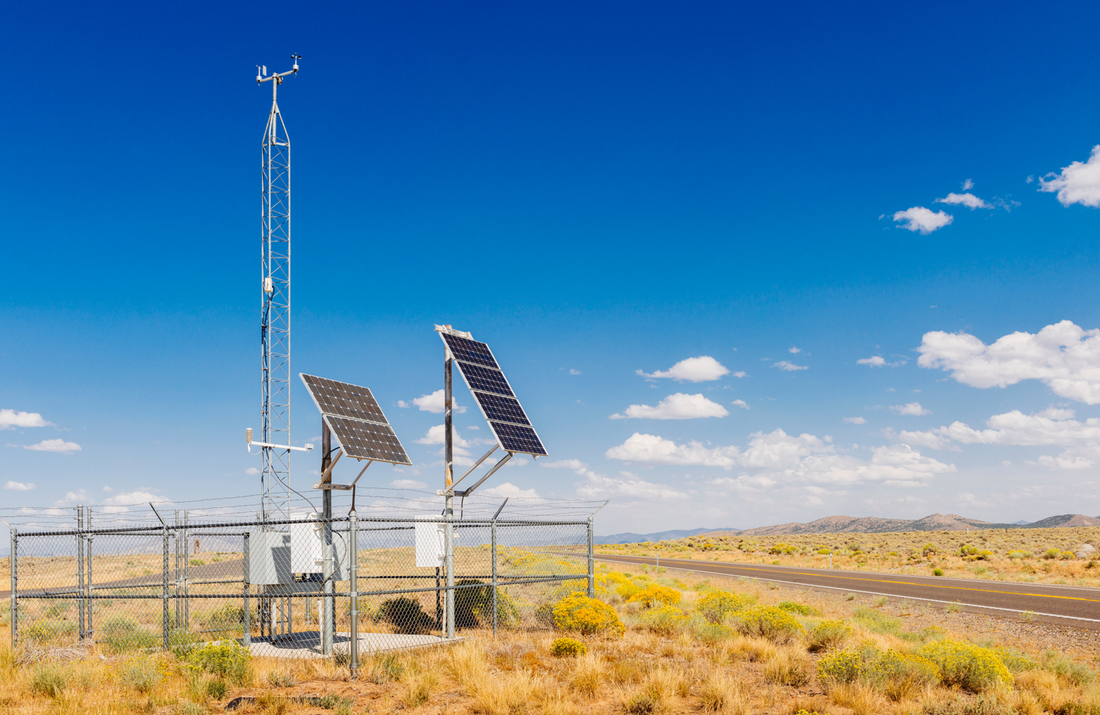The rail network in Australia is the sixth largest in the world, with the rail industry making a significant contribution to employment, to the economy, and to those who depend on it for both freight and passenger transportation.
In 2012 to 2013 alone, Australian railways carried more than 1 billion tonnes of freight. The massive growth in tonnage was substantially driven by the resources boom. Meanwhile, light and heavy rail in Australia moved 2.3 million people from point A to point B each day in 2013.
The 2017 budget included a commitment by the Australian government to look for improvements to rail connections between cities and surrounding regional areas. It provided $20 million in funding supporting the development of business cases.
The $10 billion Inland Rail project will be transporting freight between Brisbane and Melbourne, easing the number of trucks on the road, and linking Australian manufacturers and farmers more efficiently with their markets. By 2030, the amount of freight travelling along the eastern seaboard will double and is expected to reach 8 billion tons.
The project will create 16,000 jobs during construction, and will then employ 500 staff members and 5000 contractors. Construction is due to begin mid-year, with the first freight train using the entire line by 2025.
In Australia, transport projects have now overtaken spending on mining infrastructure. Sydney alone has the $8.3 billion Sydney Metro North West rail line underway, along with the $2.1 billion Sydney Light Rail. In Melbourne, the rail investment includes an $11 billion Metro rail project.
When it comes to future train procurement, hybrid-powered locomotives offer the Australian rail industry the potential for massive gains in pollution reduction and fuel efficiency. Trials and developments of these technologies have been underway for some time.
When rail lines are electrified, emissions are reduced when the lines are powered by clean, renewable sources. Electric-powered trains have an advantage over trains powered by diesel since they're both cheaper to run and cheaper to run. However, rollout continues to be limited due to the high capital costs of electrifying rail lines.
When diesel-powered trains brake, the kinetic energy created is wasted, reducing overall efficiency. Hybrid-powered trains often have a rechargeable energy storage system which collects surplus energy from braking. It then uses this energy when necessary, increasing energy efficiency.
With rail companies around the world turning to hybrid and off-grid rail solutions, trains powered solely by diesel will eventually be the minority. Australian rail companies have a massive opportunity to step into the future, greatly reducing emissions, increasing efficiency, and lowering costs.
Rail employs more than 110,000 people in Australia. By reducing reliance on diesel, the industry can lower operating costs and instead focus on innovative solutions and growth.
Considering using hybrid power for your rail company? We can help. Get in touch today to learn about the PowerBox DC/DC converters, which ensure reliability in even the most challenging environments.

